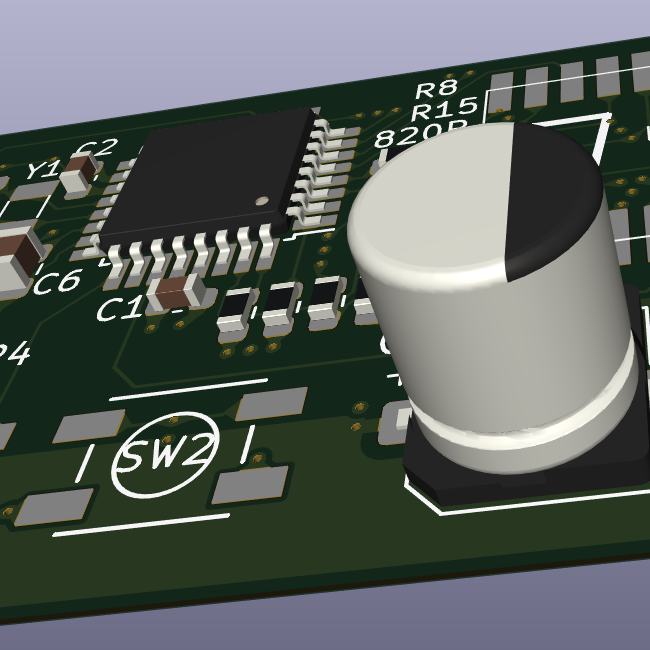

It’s possible, but unlikely because there needs to be proof and it needs to be extremely serious. That is the reason I mentioned death threats, actually.
The biggest problem is that even though harassment is clearly defined in my state, “harassment” is still likely subjective.








deleted by creator